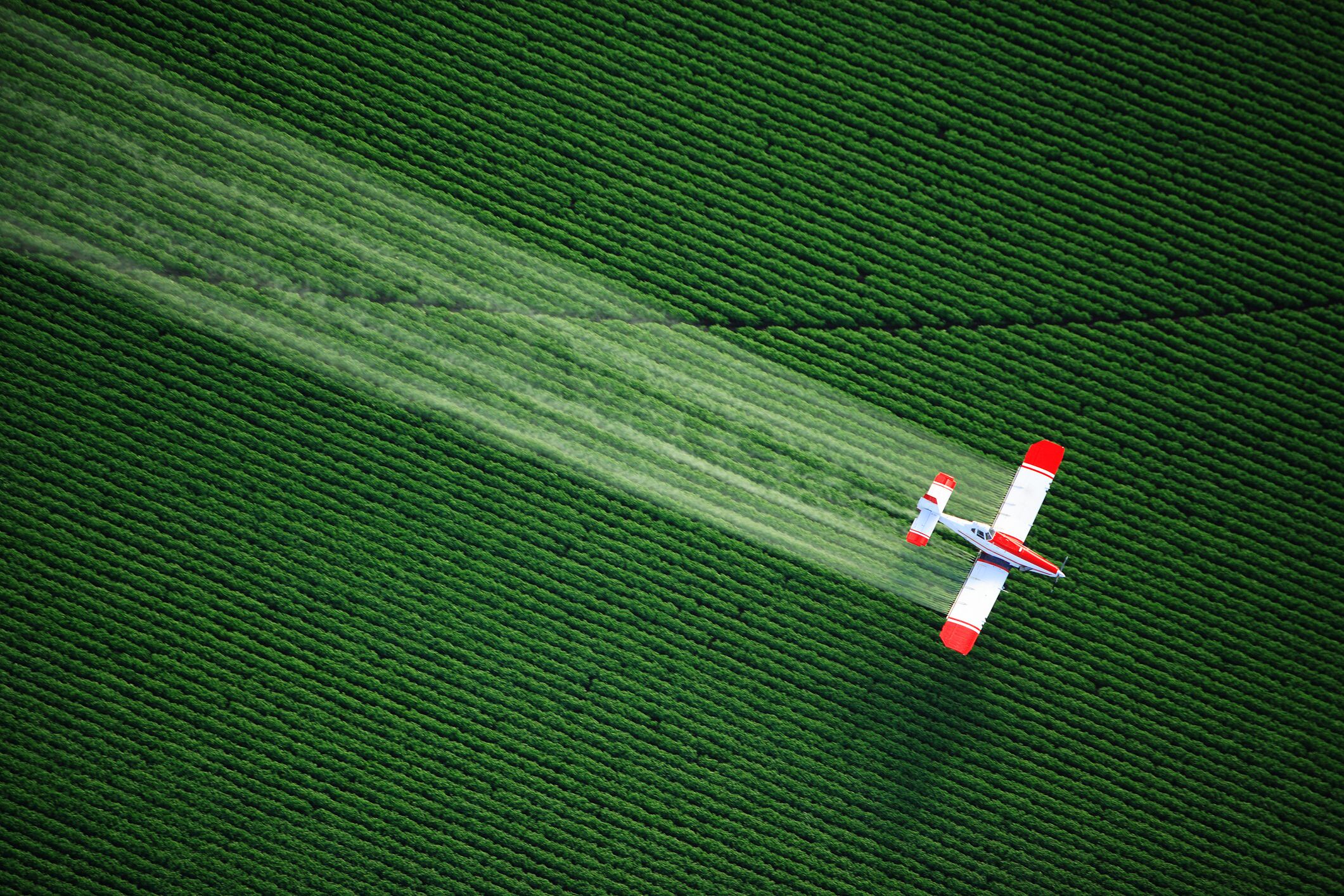The Ministry of Agriculture and Environment (MAE) first announced the project to cut 15% of greenhouse gas emissions (GHGs) by 2035 compared to 2020 on October 22.
On October 24, it issued Crop Production Development Plan for 2025-2035 reiterating Vietnam’s goals and outlining its objectives.
The plan highlighted its long-term vision for 2050 with goals that include adopting sustainable cultivation practices for all its major crop areas.
Vietnam is also aiming all for emission data to be digitised and connected to the national monitoring system. This will ensure data transparency and support Vietnam’s participation in the carbon market.
Vietnam plans to pilot a domestic carbon trading scheme before 2028 to prepare for international markets.
“We must be able to sell and unlock the market for the people,” said Deputy Minister Hoang Trung.
Additionally, it aims to make its national low-emissions certification for crop products widely recognised across major commodity chains by the 2050 deadline.
The low-emissions label, which has yet to be launched, will debut with at least 15 pilot projects aimed at generating carbon credits eligible for international carbon markets.
At launch, every province and city must implement one to two scalable low-emission production models.
Beyond 2050, Vietnam is aiming for all major crop areas to adopt sustainable cultivation practices, with fully digitised emission data integrated into the national system and low-emission labels applied across key sectors.
A plan in place
According to the plan, part of the low-yield rice cultivation area will be converted to high-value dryland crops or integrated with aquaculture.
It encourages a rotation model between rice and upland crops to improve soil health and reduce emissions.
For perennial crops, the ministry will prioritise varieties that are both economically viable and effective in carbon sequestration.
Low-emission farming techniques will also be standardised with alternate wetting and drying (AWD) irrigation and the System of Rice Intensification (SRI) for rice cultivation.
Vietnam will also gradually replace inorganic fertilisers with organic, microbial, and slow-release fertilisers.
At the same time, chemical pesticides will be restricted in favour of biological control solutions.
To manage water, fertiliser, and pesticide use to more efficiently, digital technologies such as sensors and soil moisture monitoring will be applied. This will help reduce both costs and emissions.
New technologies such as artificial intelligence, precision agriculture, and biochar from crop residues will be encouraged under the plan.
The plan includes training at least 3,000 technical officers, extension workers, and lead farmers in low-emission cultivation, MRV, and carbon credit management.
According to the ministry, the plan will draw on state budget funds, private investment, and international support.
There will be cooperation with the Food and Agriculture Organization (FAO), World Bank, Deutsche Gesellschaft für Internationale Zusammenarbeit (GIZ), Japan International Cooperation Agency (JICA), United Nations Development Programme (UNDP), and International Fund for Agricultural Development (IFAD) to mobilise technical assistance, funding, and management expertise.





